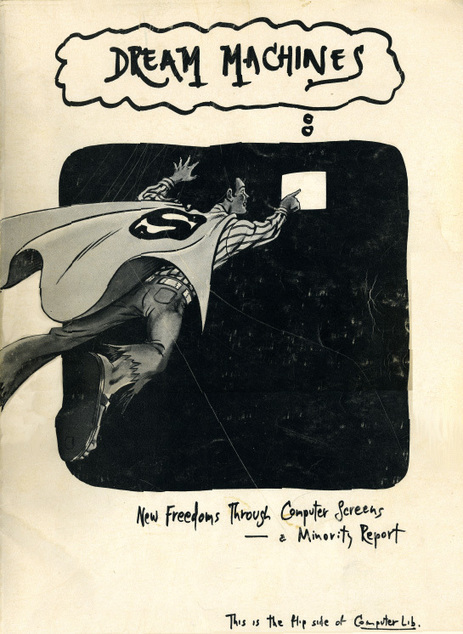Respected venture capitalist Bill Gurley is sounding the alarm on the startup industry.
In an interview with The Wall Street Journal, Gurley says the current environment reminds him of the tech bubble that formed in the late 1990s.
Every incremental day that goes past I have this feeling a little bit more. I think that Silicon Valley as a whole or that the venture-capital community or startup community is taking on an excessive amount of risk right now. Unprecedented since ‘'99. In some ways less silly than '99 and in other ways more silly than in '99.
Gurley adds, "No one's fearful, everyone's greedy, and it will eventually end."
Gurley is a partner at Benchmark. He's invested in Uber, OpenTable, and Zillow. Benchmark has invested in Snapchat, Quip, Yelp, and many more.
Private companies are raising giant sums of money — some as much as $500 million, says Gurley. When you have that much money, you have to spend it, so companies are upping their "burn rate," or the amount of money they're willing to lose to grow their businesses....



 Your new post is loading...
Your new post is loading...










Is the technology market buoyant or is it a bubble ready to burst? this VC is talking bubble.